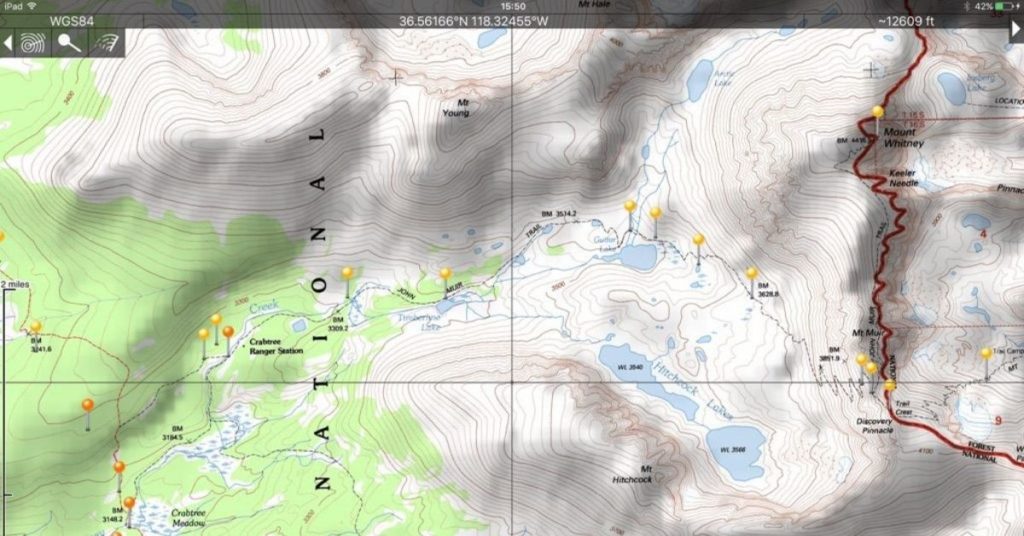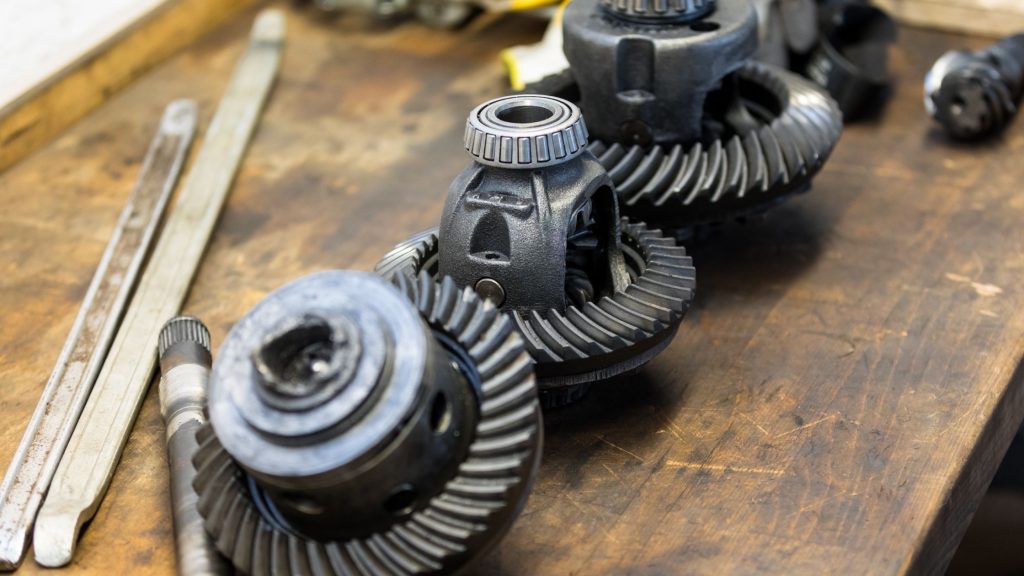When planning your Overlanding trip you always think of places to go, and what could you possibly do during your trip. You also plan on bringing some devices with you to ease the journey and help out with navigation.
There is one device that comes in handy in many situations while Overlanding, and it‘s certainly not one you would think of at first – an iPad.
Can I Use an iPad for Overlanding
You can use an iPad for overlanding. An iPad can be a very useful device, in the house, in the office, and on the road.
During overlanding, you find yourself in many places and situations where you will want a camera, your favorite book, or somewhere to write down your thoughts. An iPad would be a perfect solution. Lighter than a laptop and more powerful than a smartphone, you can easily use it during an overlanding trip.
Can an iPad be Used For GPS
You can use any iPad for GPS. That also includes iPads that don’t have built-in GPS, like ones without cellular.
There are dedicated devices, plug-in or wireless, that transmit the GPS signal to your iPad via lightning/USB C or Bluetooth.
The most popular is a device from Dual. It pairs nicely with iOS systems and offers good quality devices. There is a company called EOS Positioning Systems that offers a few devices for the iPad. The company’s products give a remarkable positioning (0.4-inch accuracy) and are easy to integrate with any iPad navigation app.
iPads with GPS, which are all iPads with a cellular option, can be used as GPS devices during your overlanding travels. They have a bigger screen than any phone or dedicated GPS device, making it easier to see during off-road trips when the rig is a bit shaky on uneven roads.
Some people will stick to the original devices, claiming that no app can be as good as the preloaded maps on the standard GPS, but some of the maps available on the GPS devices are not designed for off-roading.
That’s not to say there are no GPS worth taking with you on your overlanding trip, but that’s mainly down to personal preferences.
Many people will go to the effort of installing the iPad into the rig on a special mount for easy access and a steady view.
For those who are not convinced about iPad navigation, it’s worth mentioning that many pilots and boaters also use iPads or iPad + antenna setup for convenience.
On top of a fantastic HD view of your route on a big colorful screen, the iPad offers other useful options, like access to weather and charts, and more common, like music, camera, and books.
Overlanding Apps For an iPad

There are few very good apps for an iPad to use with GPS navigation. Apart from the standard preinstalled Maps on every iPad, there are a few worth mentioning.
Gaia GPS, onX, and iOverlander apps offer the best, high-quality turn-by-turn navigation. They are designed for travelers and offer a multitude of different maps to choose from, like satellite, topo, and orto, but also maps of public land and hiking trails.
The most important is that those apps offer a lot of the off-roading routes you will seek as an overlander on top of the normal paved roads.
You can also use Google Maps on your iPad. The best-known and sometimes underrated by overlanders maps can show you some pretty amazing spots off the beaten paths.
Offline GPS Maps for an iPad
All of the apps mentioned previously will work offline on any iPad. All you need to do is download desired maps on the device while connected to the network.
Once off the grid, the offline map kicks in, and without missing a beat, pulls data from previously downloaded info.
Offline maps are a handy option to have while traveling through some backcountry forest roads under a thick canopy of trees, where the signal is patchy at best and sometimes non-existent.
Best iPad for Overlanding
There are not many differences between cellular options with built-in GPS and the iPad + GPS antenna setup. They both work well on and off-road, with or without a network.
In my opinion, the choice is down to two iPads: iPad mini and iPad Pro.
iPad mini
The smallest of the iPads, the iPad mini, has only 8.3″ in diagonal. It is small enough to fit in one hand comfortably but big enough to offer a better quality image than your average smartphone.
With a high-resolution display, you can clearly see what’s waiting for you behind the next turn on your maps, and thanks to the small size, it’s very easy to mount it on your central console.
Thanks to its small weight (0.66 lbs), the iPad mini can be taken for a hiking trip and used for navigation all the way, without much inconvenience.
iPad Pro
iPad Pro is 2.7″ bigger than iPad mini, but that doesn’t mean it’s inconvenient in handling in the overlanding rig. You can still easily mount it in the vehicle.
iPad Pro offers much more storage space for downloaded maps than iPad mini and more processor power for anything else you may want to use during your trip.
The only downfall of this iPad is its weight. While not a major problem, it does weigh almost twice as much as iPad mini (still only 1.04 lbs). The size and weight mean you probably won’t use it for navigation while out of your overland vehicle.
iPad Pro is one that I chose for myself. I often use it during my overlanding adventures, whether navigating, relaxing with a book by the river, drawing nature, or taking photos.
Conclusion
An iPad is definitely one of the most popular tablets on the market. It‘s trendy and very useful, but not many Overlanders give it any credit. An iPad is mostly a „city folks“ commodity, but it has its uses while on the road.
From navigating on and off the road to reading a book or taking pictures, an iPad is a handy and compact enough device to consider taking it with for an overland adventure.
- Tips and tricks For Setting Up Camp Like a Pro - September 11, 2023
- The Best Multi-Tools for Overlanding Adventures - August 25, 2023
- Off-Road Navigation Tips for Overlanders - August 13, 2023


